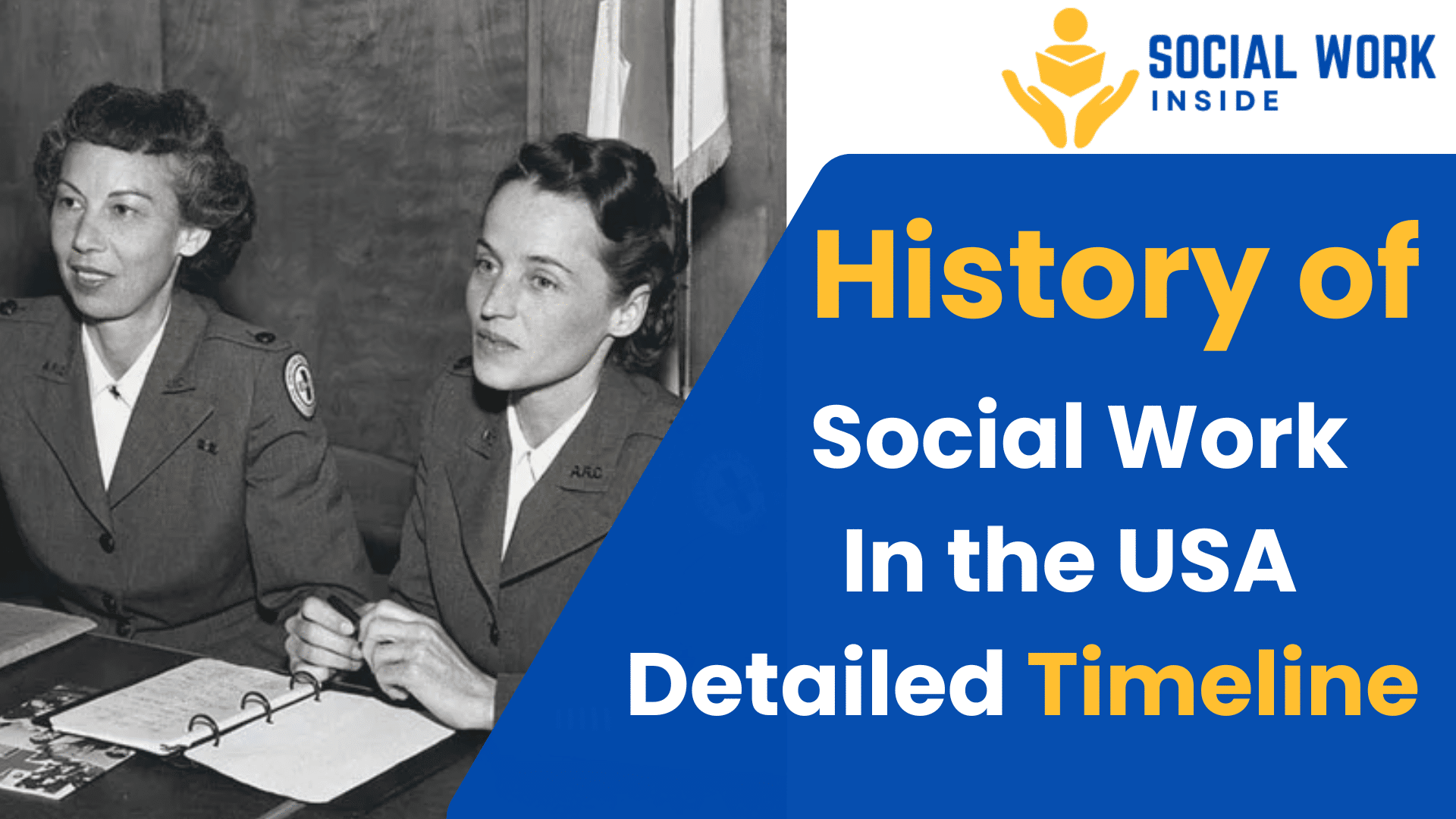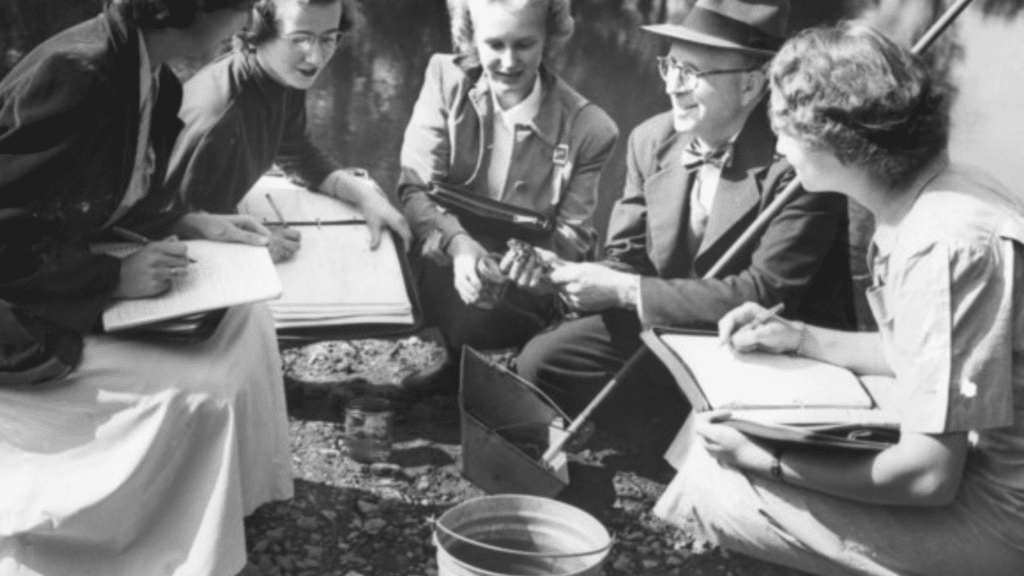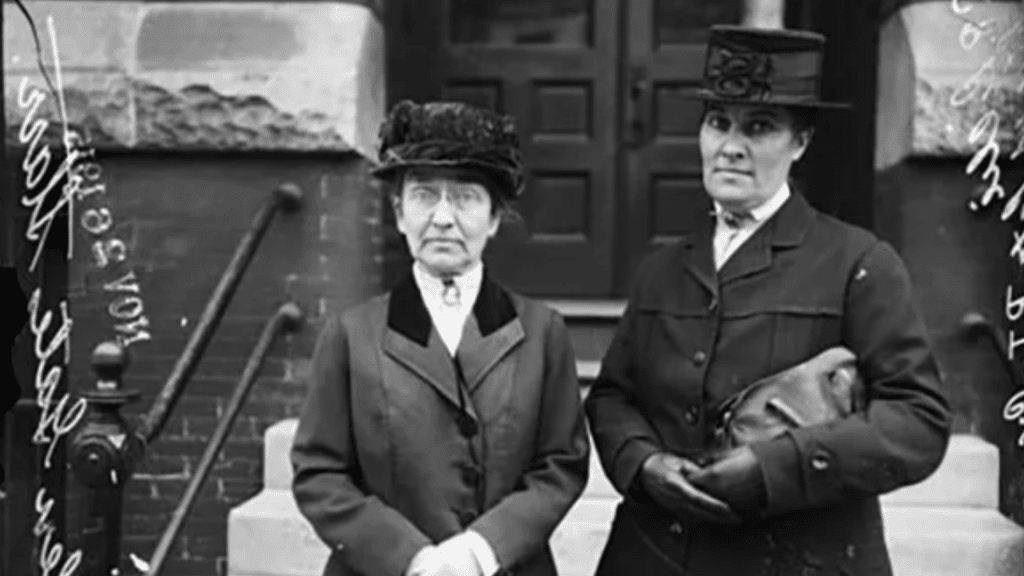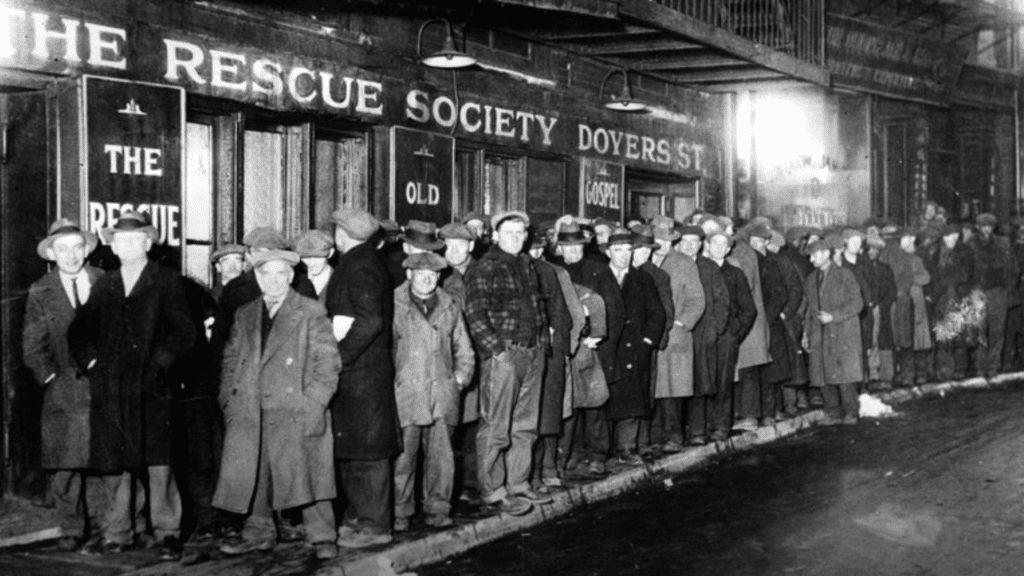
The History of Social Work in USA : Detailed Timeline How It All Began
Social work is one of the youngest professions, yet its roots stretch back centuries. From humble beginnings in charity and volunteerism to its formalization as a respected profession, the history of social work is a story of compassion, advocacy, and resilience. Understanding this history helps us appreciate the vital role social workers play in addressing societal challenges and promoting social justice. In this blog, we’ll explore the origins of social work, key milestones, and how the profession has evolved over time.
Early Roots of Social Work
Long before social work became a formal profession, communities relied on informal systems of care and support. Religious organizations, particularly churches, were often at the forefront of providing aid to the poor, sick, and marginalized. For example, the Elizabethan Poor Laws of 1601 in England established a system of public responsibility for the poor, which influenced early American social welfare practices.
The Poor Law Revisions (1834-1909)
The Industrial Revolution in the 18th and 19th centuries brought significant social changes. Urbanization and industrialization led to overcrowded cities, poor working conditions, and widespread poverty. These challenges created a pressing need for organized efforts to address social issues, laying the groundwork for the emergence of modern social work.

The Early Beginnings of Social Work
Social work in the U.S. started a long time ago, even before it became a profession. Back in the colonial days, people helped each other through churches and local groups. They mainly supported those in need, such as poor families, widows, and orphans. The Elizabethan Poor Laws from 1601, which came from England, inspired local communities to create their own ways of helping people.
As cities increased during the 19th century, new problems appeared. Many people lived in poor conditions, worked in tough jobs, and struggled to make ends meet. This led to the need for more organized help, and this is where social work began to take shape.
The late 19th century marked the birth of social work as we know it today. Two key movements played a pivotal role in shaping the profession: the Charity Organization Societies (COS) and the Settlement House Movement.
The Charity Organization Society (COS) Movement
In the late 1800s, a group called the Charity Organization Society (COS) started to organize charity work in a more scientific way. They wanted to understand people’s problems better and help them solve them. The COS began in Buffalo, New York, in 1877, and it became the starting point for professional social work.
Mary Richmond and Her Big Ideas
One of the most important people in the history of social work is Mary Richmond. She is often called the “Mother of Social Work” because of her great ideas and hard work. In 1917, she wrote a famous book called Social Diagnosis. This book taught social workers how to understand people’s lives better by looking at their family, community, and jobs. Mary Richmond’s ideas helped turn social work into a real profession with rules and methods that are still used today.
The Settlement House Movement
Around the same time as the COS, another important movement called the Settlement House Movement began. People like Jane Addams and Ellen Gates Starr started settlement houses, such as Hull House in Chicago in 1889. These houses helped poor and immigrant families by offering education, healthcare, and community activities. The Settlement House Movement focused on making the community stronger and fixing the bigger problems that caused poverty. It showed that social work wasn’t just about helping individuals but also about improving society as a whole.
The Settlement House Movement in UK
The History of Social Work as a Profession
The transition of social work from informal charity to a formal profession was a gradual process marked by several key developments:

1. Early Professionalization (Late 19th Century)
- The Charity Organization Societies (COS) and Settlement House Movement laid the foundation for professional social work by introducing systematic approaches to addressing social issues.
- Mary Richmond and Jane Addams were instrumental in defining the roles and methods of social workers, emphasizing the importance of education and training.
2. Establishment of Social Work Education (Early 20th Century)
- In 1898, the New York School of Philanthropy (now Columbia University’s School of Social Work) became the first institution to offer formal training for social workers.
- By the early 1900s, other schools of social work were established, including the Chicago School of Civics and Philanthropy (now the University of Chicago’s School of Social Service Administration).
3. Formation of Professional Organizations
- The National Association of Social Workers (NASW), founded in 1955, became the largest membership organization of professional social workers in the world. It established ethical standards and advocated for the profession.
- The Council on Social Work Education (CSWE), established in 1952, began accrediting social work programs, ensuring consistency and quality in education.
4. Recognition and Licensing
- By the mid-20th century, social work was recognized as a distinct profession, with states beginning to license social workers to ensure competency and protect the public.
- The introduction of licensing exams and continuing education requirements further professionalized the field.
5. Expansion of Social Work Roles
- Over time, social work expanded beyond charity and casework to include roles in mental health, healthcare, schools, and policy advocacy.
- The profession also embraced a broader focus on social justice, diversity, and systemic change.
Key Figures in Social Work History
Several trailblazers shaped the field of social work through their dedication and innovation:

Image Source: Google
- Jane Addams: A Nobel Peace Prize winner and founder of Hull House, Addams championed social reform and peace.
- Mary Richmond’s Lasting Legacy: Known as the mother of social casework, Richmond professionalized social work practice. Mary Richmond’s ideas about casework—helping individuals by understanding their unique needs—continue to be important today. She believed that listening to people, understanding their struggles, and working with them to find solutions was the best way to make a difference. Her work has inspired social workers for over 100 years.
- Dorothea Dix: A tireless advocate for mental health reform, Dix improved conditions in asylums and prisons.
- Ida B. Wells: A journalist and activist, Wells fought for racial justice and women’s rights, highlighting the intersection of social work and advocacy.
Milestones in Social Work History
The 20th century saw significant milestones that transformed social work into a recognized profession:
- Formalization of the Profession: In 1898, the New York School of Philanthropy (now Columbia University’s School of Social Work) became the first institution to offer formal social work education. Professional organizations like the National Association of Social Workers (NASW) were later established to support practitioners.
- The Great Depression and New Deal: The economic crisis of the 1930s underscored the need for government intervention in social welfare. Programs like the New Deal and the Social Security Act of 1935 marked a turning point, expanding the role of social workers in public policy.
- Social Work and Civil Rights :In the 1950s and 1960s, social work played a big part in the Civil Rights Movement. Social workers stood up for fairness, justice, and equal rights for everyone. Leaders like Whitney M. Young Jr. worked to make life better for people facing discrimination. Social work also grew during this time to include more areas, like mental health, child welfare, and community services. As hospitals and schools needed more help, social workers stepped in to provide support.

Evolution of Social Work Practice
Over time, social work has evolved from a focus on charity to a multifaceted profession grounded in evidence-based practice. Key developments include:
- Expansion of Fields: Social work now encompasses areas like mental health, healthcare, child welfare, and school social work.
- Diversity and Inclusion: The profession has increasingly embraced cultural competence and intersectionality, addressing the unique needs of diverse populations.
Challenges and Criticisms
Despite its progress, social work has faced challenges and criticisms. Early efforts were sometimes criticized for being paternalistic or overly focused on “moral uplift.” Today, social workers grapple with issues like burnout, underfunding, and the need for greater diversity within the field.
The Future of Social Work
As society continues to change, so too does the field of social work. Emerging trends include:
- Teletherapy and Technology: The use of technology to deliver services and connect with clients.
- Trauma-Informed Care: A growing emphasis on understanding and addressing trauma.
- Climate Justice: Advocacy for vulnerable communities affected by environmental issues.
Social workers remain at the forefront of efforts to promote equity, justice, and well-being, ensuring that the profession continues to adapt and thrive.
Social Work Today
Social work in the U.S. has grown a lot and now includes many different jobs. Social workers help people with mental health issues, support families, and work to make communities stronger. They also help fight problems like homelessness and substance abuse.
Technology has made a big difference in social work today. Social workers can now use video calls for therapy, online tools for managing cases, and social media to spread important messages. Even though the work is sometimes hard, social workers continue to make a big impact on people’s lives
Conclusion
The history of social work is a testament to the power of compassion and collective action. From its early roots in charity to its modern-day focus on systemic change, social work has always been about helping people overcome challenges and build better lives. As we look to the future, the profession’s commitment to social justice and advocacy remains as vital as ever.
